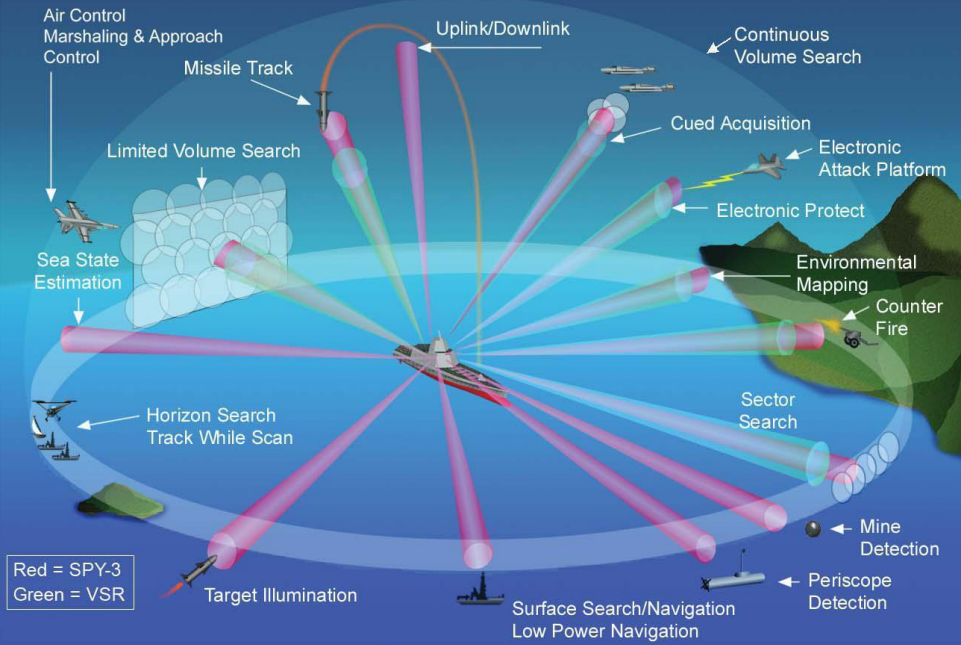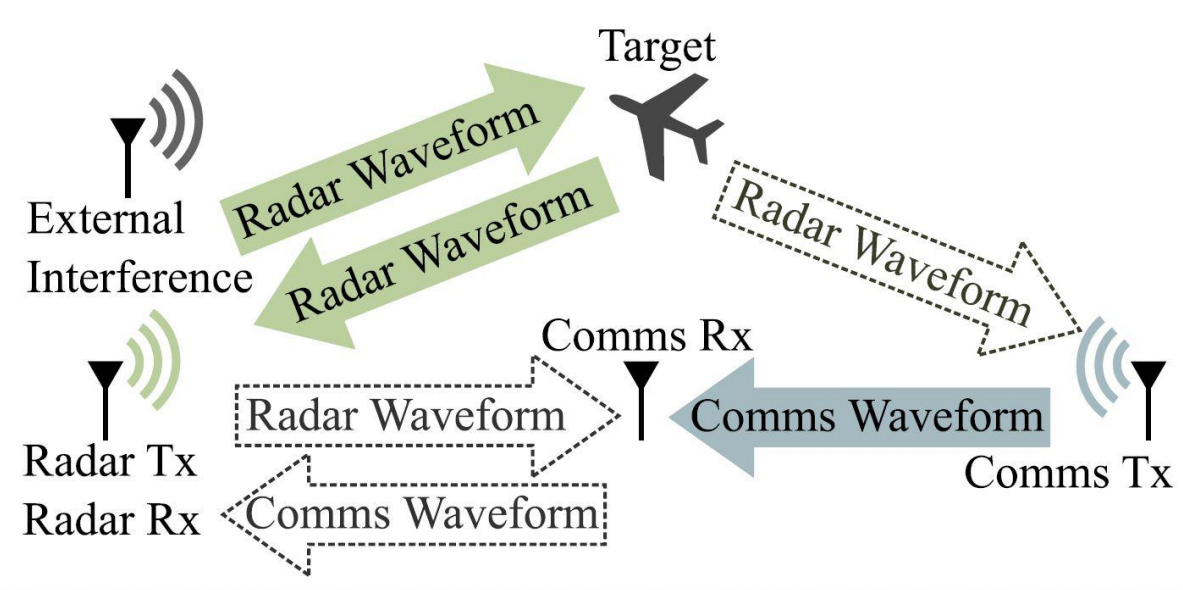
- English
- Español
- Português
- русский
- Français
- 日本語
- Deutsch
- tiếng Việt
- Italiano
- Nederlands
- ภาษาไทย
- Polski
- 한국어
- Svenska
- magyar
- Malay
- বাংলা ভাষার
- Dansk
- Suomi
- हिन्दी
- Pilipino
- Türkçe
- Gaeilge
- العربية
- Indonesia
- Norsk
- تمل
- český
- ελληνικά
- український
- Javanese
- فارسی
- தமிழ்
- తెలుగు
- नेपाली
- Burmese
- български
- ລາວ
- Latine
- Қазақша
- Euskal
- Azərbaycan
- Slovenský jazyk
- Македонски
- Lietuvos
- Eesti Keel
- Română
- Slovenski
- मराठी
- Srpski језик
Waveform optimization problem in radar communication system
2023-12-28
With the explosive growth in the number of connected devices and the increasing demand for wireless spectrum, it is necessary to integrate multiple RF functions on platforms such as airplanes and ships, such as radar, data links, and electronic warfare systems. By designing a dual function radar communication system, it is possible to share spectrum on the same hardware platform and support simultaneous target detection and wireless communication. By balancing radar and communication performance, the design of a dual function radar communication system can be achieved, which is a promising technology.

Waveform design is one of the key tasks in radar communication systems. A good waveform needs to be able to achieve efficient object detection and data transmission. When designing waveforms, many factors need to be considered, such as signal-to-noise ratio, Doppler effect of the target, multipath effect, etc. Meanwhile, due to the different working modes of radar and communication, the waveform needs to be able to meet the needs of both.

There is currently no fixed design method for the optimal waveform design of dual function radar communication systems, which needs to be based on specific application scenarios and requirements. Here are some possible design methods:
1. Design based on optimization theory: By establishing a mathematical model of performance indicators (such as detection performance, communication rate, etc.), and then using optimization algorithms (such as gradient descent, genetic algorithm, etc.) to find the waveform that maximizes the performance indicators. This method requires precise target models and effective optimization algorithms, and faces many challenges.
Firstly, the requirements for radar and communication may conflict with each other, making it difficult to find a waveform that can satisfy both simultaneously. Secondly, the actual radar and communication environment may differ from the model, which may lead to poor performance of the designed waveform in practical use. Finally, optimizing algorithms may require a significant amount of computing resources, which may limit their application in practical systems.
2. Machine learning based design: Utilizing machine learning algorithms to learn the optimal waveform through a large amount of training data. This method can handle complex environments and uncertainties, but requires a large amount of data and computing resources.
3. Experience based design: Based on the experience of existing radar and communication systems, design waveforms through trial and error. This method is simple and feasible, but may not be able to find the optimal solution.
The above design methods have their advantages and disadvantages, and actual design may require the combination of multiple methods. In addition, due to the potential conflicts between radar and communication requirements, the design process also needs to address these conflicts. For example, different requirements can be met by balancing detection performance and communication speed, or designing a waveform that can be dynamically adjusted.
